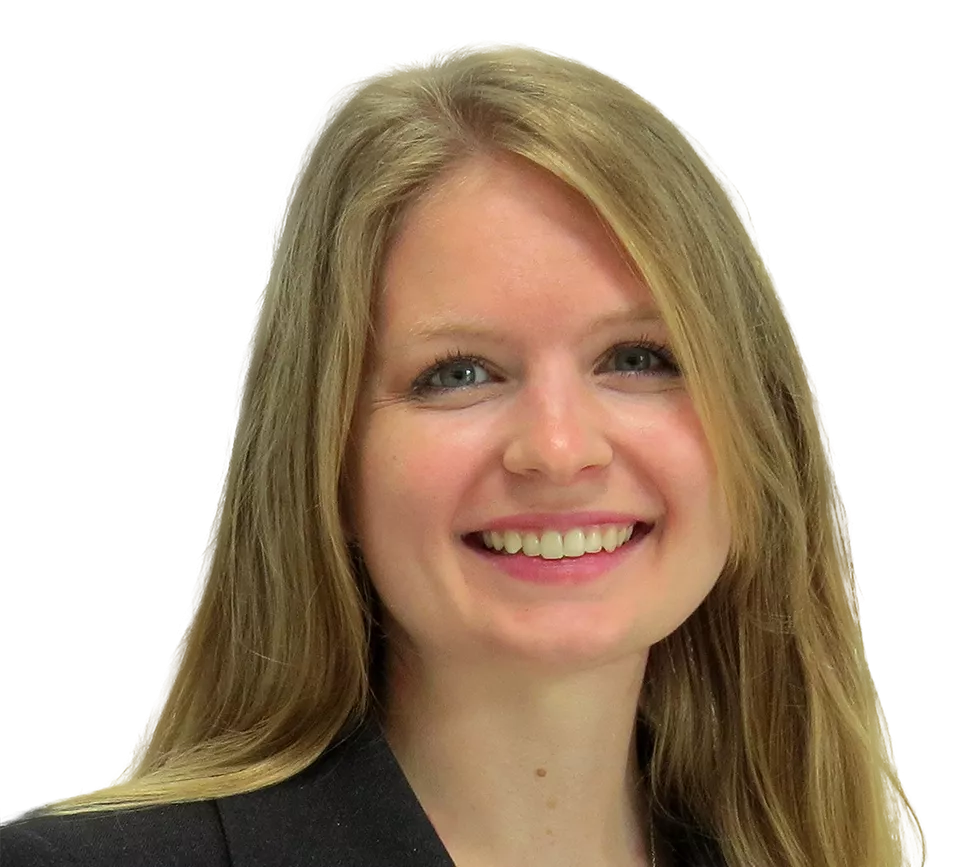

- Ph.D., Materials Science and Engineering, University of Texas, Austin, 2021
- B.S., Mechanical Engineering, University of Texas, Austin, 2017
- Professional Engineer Mechanical, California, #42455
- Recipient, Center for Integrated Nanotechnologies User Proposal, 2019-2020
- Special Commendation for Outstanding Poster, TMS Bladesmithing Competition, 2019
- Virginia and Ernest Cockrell, Jr. Fellowship, 2017-2021
- The Minerals, Metals & Materials Society (TMS)
Dr. Brady specializes in materials verification and mechanical behavior characterization of materials in various industries, primarily in process, utilities, rail, and industrial environments. Dr. Brady utilizes both destructive and portable non-destructive evaluation equipment to perform these engineering analyses. Furthermore, she also assists clients in cases involving industrial and occupational safety, such as those involving machine guarding, lock-out/tag-out, and other safety protocols.
Process
Dr. Brady performs analysis of equipment failures and related operational procedures in the oil and gas, and chemical industries. Dr. Brady has assisted on cases involving loss of containment and design lifetime. In performing these analyses, Dr. Brady utilizes relevant regulations, codes, and standards including OSHA regulations, ASME and ANSI standards, and standards and codes issued by other professional associations. In addition, Dr. Brady relies on the design and use of destructive/non-destructive evaluation techniques in her work.
Utilities/Energy
Dr. Brady assists clients in the energy sector in performing asset integrity assessments, which frequently involves material characterization. Specific examples include characterizing pipeline materials, preparing submittals of compliance to governmental regulators, and analyzing asset availability. Dr. Brady utilizes both destructive and nondestructive evaluation techniques in addition to regulations and standards to assist clients in these matters.
Rail/Transportation
Dr. Brady performs material investigations of railcars that have experienced environmental degradation, such as corrosion and erosion. Specific examples include hopper cars with corroded interiors, and/or corrosion at structural joints. In these cases, Dr. Brady utilizes destructive and portable non-destructive evaluation techniques to determine the type and likely causes of the environmental degradation present.
Industrial Equipment and Manufacturing
Dr. Brady assists clients with cases in industrial and manufacturing environments involving machine safeguarding, including the evaluation of awareness devices, lockout/tagout procedures, and design and manufacturing processes. Some examples of machinery Dr. Brady has performed investigations on include conveyors, brake presses, rolling mills, crawler cranes, and air compressors.
Prior to joining Exponent, Dr. Brady completed her Ph.D. in Materials Science and Engineering at the University of Texas at Austin. Her doctoral work focused on the mechanical behavior and microstructure evolution in unalloyed niobium. Specifically, her work established the first mechanistic explanation with supporting microstructural data for how impurity content affects high-temperature strength in refractory metals. Dr. Brady developed and successfully implemented two new microstructural characterization techniques: one that allows HR-EBSD analysis on heavily deformed materials using open-source software, and one that segments substructure in deformed materials. During her time at UT Austin, Dr. Brady also served as mentor for the Research Experience for Teachers program where she trained high school teachers to use advanced laboratory equipment and helped develop lessons to engage high school girls in engineering.Dr. Brady has extensive experience in mechanical property testing and microstructural characterization techniques including high-temperature tensile testing, and metallography techniques. Dr. Brady also has hands-on experience with machine shop tools such as drill presses, lathes, milling machines, and shearing machines; heat treatment of steel using salt pots and box furnaces; various software applications and programming languages including SolidWorks, MATLAB, R, and Python; and the use of various regulations, codes, and standards including ASME, ANSI, ASTM, ISO, API, and DNVGL.